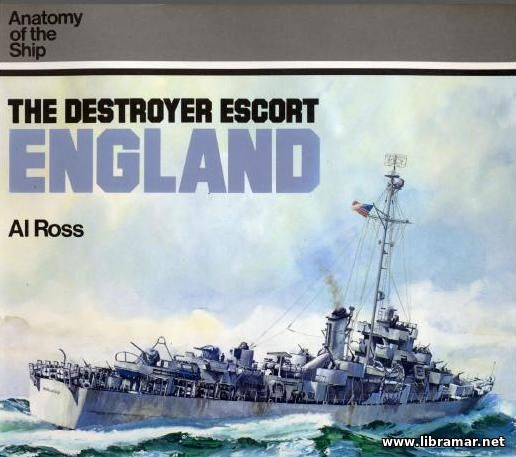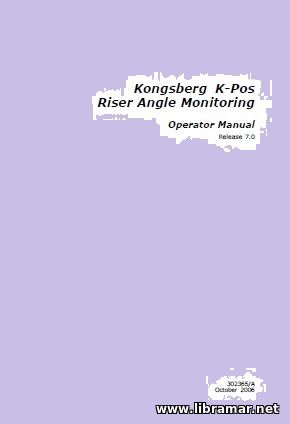Fire Extinguishing Agents and Systems
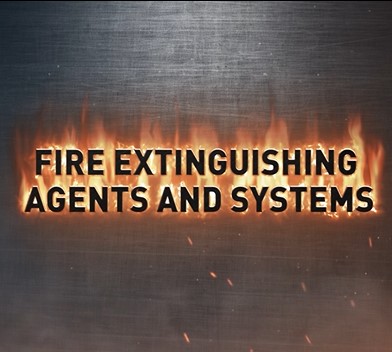
A fire needs a chemical reaction between three elements to live. Those three elements are oxygen, heat, and fuel. By eliminating one of these elements, you can extinguish a fire. However, there are different classes of fire that require different methods of extinguishing. There are fire classes of fire as below:
- Class “A” fires are started from combustible materials, such as wood, paper, clothing, and plastics; practicing good housekeeping is the best way to prevent these fires from occurring.
- Class “B” fires are caused by flammable liquids such as gasoline, petroleum oil, and paint. However, they can also be started by flammable gases like propane and butane. These fires are common in areas like the engine room.
engine room.
- Class “C” fires involve energized electrical equipment, such as transformers, motors, and other electrical equipment commonly found onboard ship.
- Class “D” fires occur when a combustible metal catches fire. Aluminum, magnesium, and other metals can catch fire. These fires are extremely hot and difficult to extinguish, as they create their own oxygen. A special extinguishing agent must be used that interferes with the chemical reaction.
- Class “K” fires typically occur in the galley with cooking oils and greases, like animal and vegetable fans.
All these fires are fueled by different combustibles and often require different types of extinguishing agents. One of the most widely used extinguishers is the multi-purpose dry chemical extinguisher. This agent creates a barrier between the oxygen and the fuel. These extinguishers are used on class “A”, “B” and “C” fires. While the dry chemical can be used on electrical fire, it will often cause damage to electrical components and circuitry. In this case, CO2 is a better choice.
Ordinary dry chemical extinguishers work by interrupting the chemical reaction and should only be used on class “B” and “C” fires.
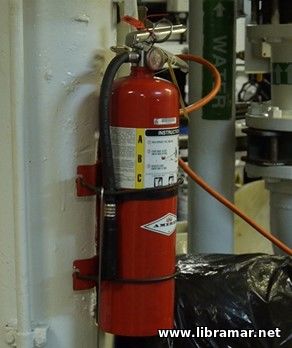 Water and foam extinguishers are used for fighting small class “A” fires. These extinguishers and hoses take away the heat element with the water, and the foam separates the oxygen from the other elements.
Water and foam extinguishers are used for fighting small class “A” fires. These extinguishers and hoses take away the heat element with the water, and the foam separates the oxygen from the other elements.
Water hoses are used in the event of class “A” or class “C” fires. They are also effective when fighting petroleum fires. In other fires, the stream could spread the flammable liquid or create a shock hazard.
Carbon dioxide extinguishers take the oxygen element out of the fire and then remove the heat with the cold discharge. CO2 is heavier than air and will therefore displace the air at the base of the fire where combustion occurs. These extinguishers shall only be used on class “B” and “C” fires. CO2 extinguishers are more effective in close spaces as opposed to the open areas such as the deck where the gas can be dispersed.
The multi-purpose cartridge extinguishers, like the stored pressure extinguishers, are effective in fighting class “A”, “B” and “C” fires by creating a barrier between oxygen and fuel.
Clean agent extinguishers extinguish class “B” and “C” fires. Larger clean agent extinguishers can also be used on “A”, “B” and “C” fires. Clean agent extinguishers include halon and halon-carbon agents and extinguish fires by interrupting chemical reaction of the fire triangle.
To fight a class “D” combustible metal fire, you should use the dry powder not dry chemical extinguisher. This special fire extinguishing agent breaks the fire chain at the molecular level, preventing combusting.
To fight class “K” fire in a galley, you will have to use the wet chemical agent which removes heat from the fires and creates barrier between the oxygen and the fuel, preventing re-ignition.
Make sure that the extinguishers are placed in the correct areas and are not covered in any way. Instruction on how to operate the extinguisher must be facing out.
Fire extinguishers are required to be visually examined every monthly and serviced annually.
In addition to fire extinguishers, a ship will most probably have a built-in fire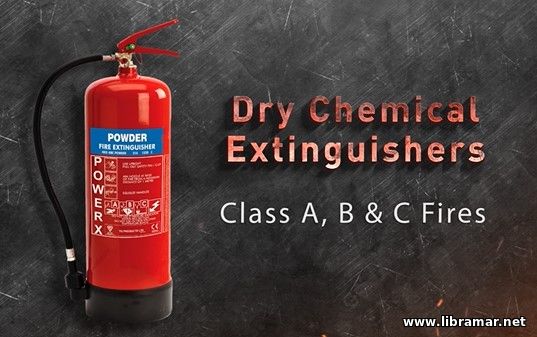 suppression system, and its components are fire hoses, nozzles, piping, and fire pumps. In the engine room one will also find built-in sprinkler systems, along with semi-portable CO2 fire extinguishers.
suppression system, and its components are fire hoses, nozzles, piping, and fire pumps. In the engine room one will also find built-in sprinkler systems, along with semi-portable CO2 fire extinguishers.
Older steamships may have steam smothering lines in the cargo spaces.
Detection sensors are installed throughout the ship, and will sound an alarm in the presence of smoke, fumes, steam, or heat.
There will be a master alarm panel installed on the navigation bridge, and, possibly, in the engine control room. When a sensor is triggered, a panel will show the location of the event, allowing a rapid response to the possible fire.
The "Read Later" function allows you to add material to this block with just one click. Just click on the icon and read the articles that interest you at any convenient time.

